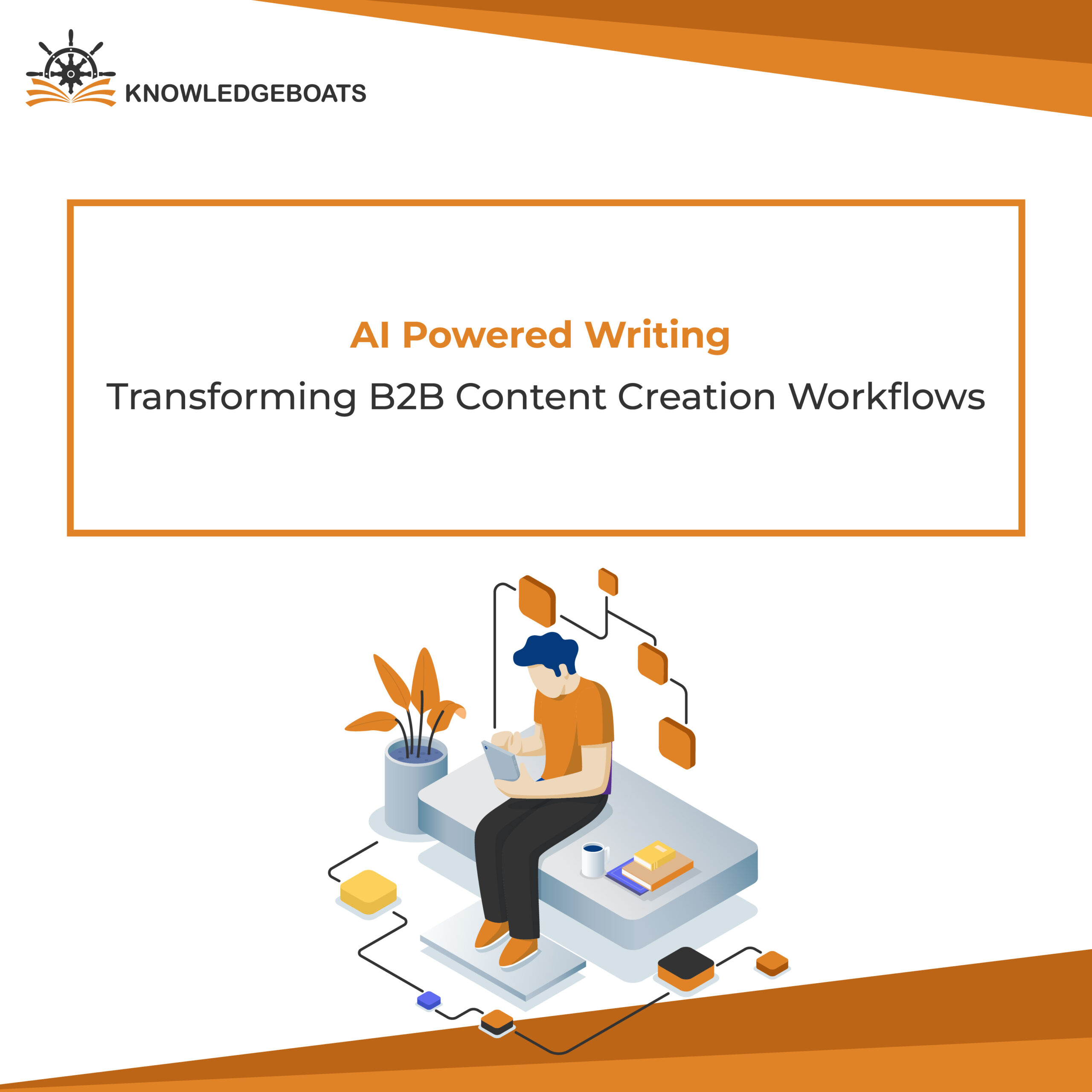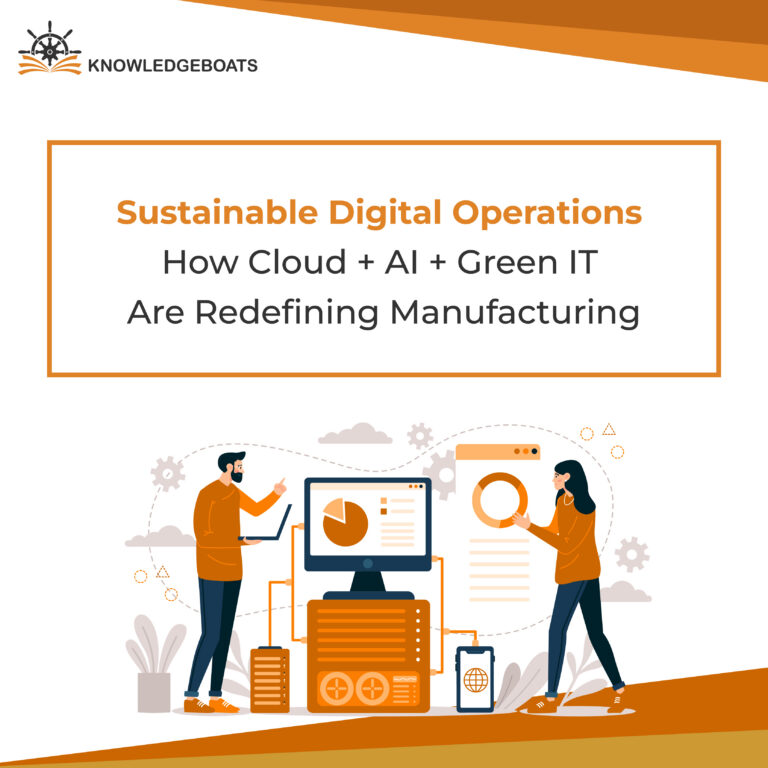
Let’s have a brutally honest chat. You know the blinking cursor? The one that seems to mock you from across the void of a blank Google Doc? For years, that cursor has been the symbol of the B2B content grind. The pressure to research, write, optimize, and publish day in and day out. It’s a churn. And it’s exhausting.
I’ve been there. We all have.
But in the last year, I’ve seen a shift. There’s a new way of working, and it’s finally letting us kill the blank page for good. I’m talking about AI-powered writing, and if you think it’s about soulless robots taking over, I’m here to tell you that we’re looking at it all wrong.
It’s not about replacing writers. It’s about finally getting rid of the parts of our jobs we all secretly hate.
Let’s Call It What It Is: The Content Treadmill
For too long, the B2B content process has been a recipe for burnout. It’s a gauntlet of soul-crushing tasks that have nothing to do with creativity:
- Drowning in Tabs: That feeling of having 27 browser tabs open, just trying to piece together a basic understanding of a topic before you can even write a single word.
- The SEO Prayer: Dropping keywords into your text and hoping, just hoping, that you’ve appeased the Google gods enough to maybe rank on page three.
- The Brand Voice Straitjacket: Trying desperately to make sure the blog from the new freelancer doesn’t sound completely different from the white paper your product manager wrote.
- The “Just Ship It” Compromise: Hitting publish on something that you know could have been better, if only you’d had a few more hours.
This isn’t a sustainable way to work. It values quantity over quality and mechanics over magic. It’s time for a new playbook.
The New Playbook: How to Use AI
Think of AI as your co-pilot, not the pilot. It’s the ultimate intern. Here’s how you can weave AI writing for B2B into your daily work in a way that feels like a superpower, not a surrender.
Phase 1: From Idea Paralysis to a Flood of Angles
The Old Way: Staring at the ceiling, waiting for inspiration to strike.
The New Way: You ask your AI co-pilot, “Give me 10 surprising angles for a blog about ‘pipeline acceleration ABM’.” Or, “What are the most common complaints about sales velocity on Reddit?” In 30 seconds, you go from zero ideas to a list of compelling, data-informed starting points.
Phase 2: From Manual Outlines to a Data-Driven Blueprint
This is my favorite part. This is where you save hours of busywork.
The Old Way: Manually Googling your topic, clicking on the top 10 results, and trying to build a composite outline of what seems to be working.
The New Way: You tell a content optimization AI tool your target keyword. It analyzes the entire first page of Google and gives you a perfect blueprint, the AI content brief telling you exactly what questions to answer, what headings to include, and what related topics to cover. It’s not cheating; it’s just smart reconnaissance.
Phase 3: From a Blank Page to a “Clay” Draft
Let me be blunt: never, ever, publish raw AI-generated marketing copy. But using it to create a “zero draft”? That’s a game-changer.
The Old Way: Agonizing over that first sentence for an hour.
The New Way: You feed your AI the data-driven blueprint from Phase 2. It spits back a structured, if a bit generic, first draft. It’s the raw clay. Your writer’s job is no longer to build the clay from scratch, but to step in as the master sculptor to add the stories, the voice, the nuance, and the human spark. This is how you streamline your B2B content pipeline with AI writing.
Phase 4: From “Good Enough” to Flawlessly Polished
The Old Way: Reading your own draft for the 17th time, completely blind to the typos and awkward phrases your brain now automatically corrects.
The New Way: You let AI-powered editing & grammar tools do a final sweep. They’re unemotional, precise, and will catch the mistakes your tired human eyes will miss every single time. It’s the perfect final check.
But Here’s the Non-Negotiable Part: You Are the Editor-in-Chief
This is the most important thing you’ll read in this article.
AI is a phenomenal intern, but it’s a terrible CEO. It can assemble facts, but it can’t generate wisdom. It can mimic tone, but it has no real personality.
Your job, now more than ever, is to be the human filter. The guardian of quality. The Editor-in-Chief.
- Be the Fact-Checker: AI makes things up. Confidently. Your job is to be the line of defense for truth.
- Be the Storyteller: AI can’t interview a customer and weave their emotional journey into a compelling case study. You can.
- Be the Spark: AI can’t connect two seemingly unrelated ideas to create a groundbreaking new insight. Your messy, brilliant human brain can.
The marketers who get left behind will be the ones who try to use AI as a shortcut to skip the work. The ones who thrive will be those who use AI to eliminate the boring work, freeing them up to do the deep, creative, strategic work that no machine can ever replicate.
It’s time to get off the treadmill and get back to the craft.


